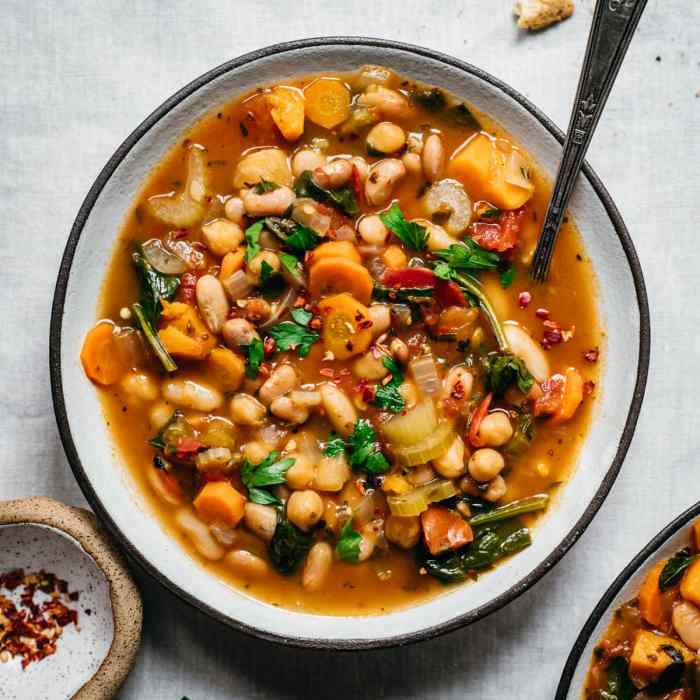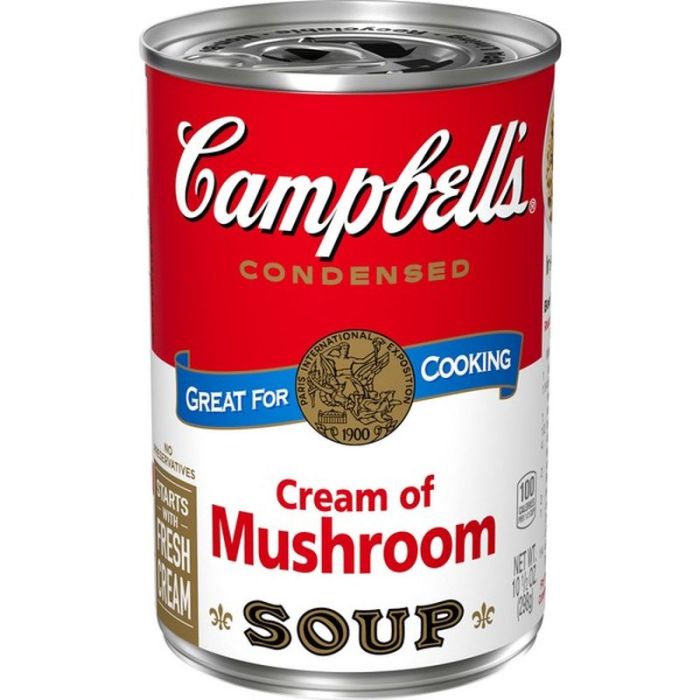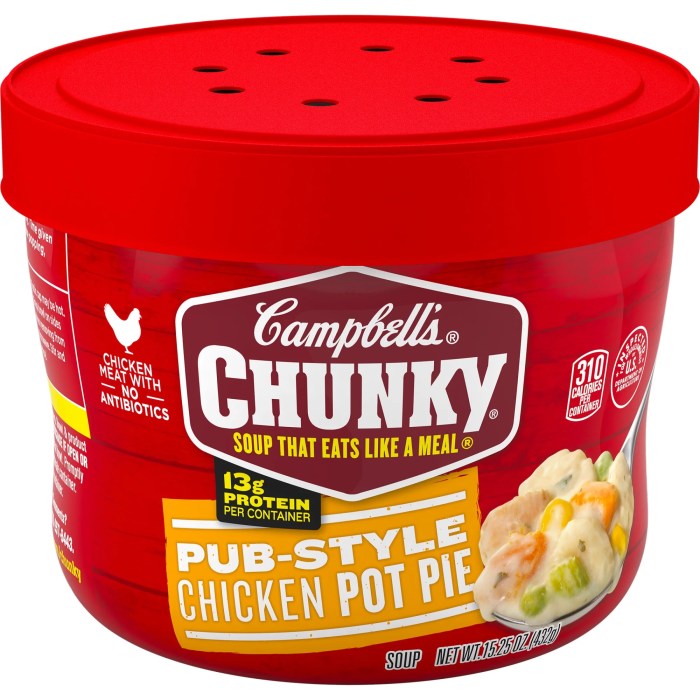A Melancholy Symphony of Beans: Exploring the World of Bean Soup: Soup Bean Recipes
Soup bean recipes – The humble bean, a small seed brimming with potential, finds its truest expression in the comforting embrace of soup. A melancholic waltz of flavors, textures, and aromas, each spoonful a journey through time and place. From the rustic heartiness of a lentil stew to the vibrant depths of a black bean concoction, bean soup offers a spectrum of experiences, a culinary tapestry woven with threads of tradition and innovation.
Types of Bean Soup Recipes

Source: crowdedkitchen.com
Bean soups, a global culinary treasure, span a vast landscape of flavors and traditions. The following table offers a glimpse into this diverse world.
| Type | Main Ingredients | Typical Flavor Profile | Regional Origin |
|---|---|---|---|
| Black Bean Soup | Black beans, onions, garlic, cumin, chili powder | Earthy, smoky, slightly spicy | Mexico |
| Lentil Soup | Lentils, carrots, celery, onions, vegetable broth | Savory, hearty, subtly sweet | Mediterranean |
| Minestrone Soup | Various beans, pasta, vegetables (e.g., zucchini, tomatoes, green beans) | Rich, complex, slightly acidic | Italy |
| White Bean Soup (Cannellini) | Cannellini beans, garlic, rosemary, olive oil | Creamy, herbaceous, subtly garlicky | Italy |
| Red Bean Soup | Red beans, ham hock (or vegetarian substitute), andouille sausage (optional), celery, onion | Savory, rich, slightly spicy | Southern United States |
The contrast between black bean soup’s earthy smokiness, lentil soup’s gentle savoriness, and minestrone’s complex layering of flavors exemplifies the versatility of beans. Black bean soup boasts a thicker, richer texture due to the beans’ inherent properties, while lentil soup offers a lighter consistency, and minestrone, with its pasta, presents a more substantial mouthfeel. The nutritional profiles, too, vary, with each type offering unique benefits.
Black bean soup is a powerhouse of fiber and protein, while lentil soup is rich in iron and folate. Minestrone, a vibrant medley of vegetables and beans, provides a broad spectrum of vitamins and minerals.
Each bean type contributes its unique nutritional profile. Black beans are excellent sources of fiber and protein, aiding digestion and satiety. Lentils are packed with iron and folate, crucial for red blood cell production and cell growth. Minestrone, a diverse blend, offers a wide array of vitamins and minerals from its various vegetables and beans. Cannellini beans provide a good source of protein and fiber, contributing to a feeling of fullness.
Red beans are also high in fiber and protein, contributing to overall health and well-being.
Soup-Making Techniques, Soup bean recipes
The broth forms the soul of any bean soup. Three distinct approaches shape its character.
- Vegetable Broth: A simple yet elegant base, offering a clean canvas for the beans and other ingredients to shine. It provides a subtle sweetness and allows the other flavors to take center stage.
- Sautéed Aromatics: Sautéing onions, garlic, and carrots before adding the beans and liquid creates a deeper, richer flavor. The caramelization of the vegetables imparts a complex sweetness and depth to the broth.
- Bone Broth (for non-vegetarian soups): Adding a ham hock or other meaty bone to the broth imbues it with a profound savoriness, adding richness and umami notes that elevate the entire dish.
Crafting a creamy bean soup requires attention to detail. The following steps guide you through the process.
- Sauté aromatics (onions, garlic, celery).
- Add beans and broth; simmer until beans are tender.
- Puree a portion of the soup using an immersion blender or regular blender for a creamy texture.
- Stir the pureed portion back into the remaining soup.
- Season to taste and garnish as desired.
Properly cooking dried beans is essential for both taste and digestibility. Soaking reduces cooking time and minimizes digestive discomfort.
| Bean Type | Soaking Time |
|---|---|
| Kidney Beans | 6-8 hours |
| Black Beans | 8-12 hours |
| Pinto Beans | 4-6 hours |
| Lentils | (Usually not required) |
Ingredient Variations and Substitutions
The beauty of bean soup lies in its adaptability. Certain ingredients can be substituted without compromising the overall outcome.
- Pumpkin or Butternut Squash: These add sweetness and creaminess, creating a hearty autumnal variation.
- Mushrooms: Earthy mushrooms add depth and complexity to the flavor profile.
- Other Legumes: Split peas or chickpeas can replace some or all of the beans, creating a unique twist on the classic recipe.
Aromatic herbs and spices elevate bean soup to new heights.
- Bay Leaf: Provides a subtle herbal note and depth.
- Thyme: Adds a warm, earthy flavor.
- Rosemary: Offers a pungent, woody aroma.
- Smoked Paprika: Adds a smoky depth and richness.
- Cumin: Provides a warm, earthy spice.
Different vegetables impact both the taste and nutritional value. Carrots add sweetness, celery offers a subtle bitterness, and spinach contributes a fresh, earthy flavor and a boost of vitamins.
Serving Suggestions and Accompaniments
Bean soup is a versatile dish, enhanced by a variety of accompaniments.
- Cornbread
- Garlic bread
- A simple green salad
- Grilled cheese sandwich
- Sourdough bread
Presentation matters. Consider these serving styles.
- Garnish with fresh herbs (parsley, cilantro), a dollop of crème fraîche or sour cream (for non-vegan versions), and a drizzle of olive oil.
- Serve in rustic bowls with crusty bread for dipping.
- Offer a variety of toppings for guests to customize their bowls (e.g., shredded cheese, avocado, chopped onions).
Adjusting consistency is simple. For a thicker soup, simmer longer or add a cornstarch slurry. For a thinner soup, add more broth.
Exploring diverse soup bean recipes reveals a world of flavor, from hearty lentil stews to creamy white bean soups. For a unique twist on the classic, consider trying a vibrant and surprisingly simple borscht soup, a recipe you can easily find with a quick search, like this one for a simple borscht soup recipe. This beet-based soup offers a refreshing alternative, expanding your repertoire of delicious and nutritious bean-based meals.
Recipe Adaptations for Dietary Needs

Source: tasteofhome.com
Bean soup lends itself easily to dietary modifications.
Vegetarian, Gluten-Free, Low-Sodium Bean Soup: Use vegetable broth instead of chicken or beef broth. Ensure all ingredients (including seasonings) are gluten-free. Minimize salt usage and use herbs and spices to enhance flavor.
Vegan Adaptation: Omit any animal products (e.g., ham hock, bacon, etc.) and use vegetable broth. Ensure all other ingredients are vegan-friendly.
| Soup Type | Vegetarian | Vegan | Gluten-Free | Low-Sodium |
|---|---|---|---|---|
| Black Bean Soup | Yes | Yes | Yes | Adaptable |
| Lentil Soup | Yes | Yes | Yes | Adaptable |
| Minestrone Soup | Yes | Adaptable | Adaptable | Adaptable |
Visual Descriptions of Bean Soups

Source: tasteofhome.com
The visual appeal of bean soup is as diverse as its flavors.
Hearty Lentil Soup: A rich, earthy brown hue, punctuated by the vibrant orange of carrots and the green of celery. The lentils themselves contribute a rustic texture, while a swirl of olive oil and a sprinkle of fresh parsley add visual interest.
Clear Broth-Based Bean Soup: A light, translucent broth, showcasing the individual beans and vegetables. The colors are bright and clear, with the beans standing out against the pale background. A simple garnish of fresh herbs adds a touch of elegance.
Chunky, Rustic Bean Soup: A hearty, visually dense soup, with large chunks of beans and vegetables suspended in a thick broth. The colors are rich and varied, reflecting the diverse ingredients. A rustic presentation in a stoneware bowl enhances the overall visual appeal.
General Inquiries
Can I use canned beans instead of dried beans?
Yes, canned beans are a convenient alternative. However, dried beans generally offer a richer, more complex flavor. If using canned, rinse them thoroughly before adding them to your soup.
How do I prevent my bean soup from becoming too salty?
Add salt towards the end of the cooking process, tasting frequently and adjusting as needed. Consider using other seasonings like herbs and spices to enhance flavor instead of relying solely on salt.
What can I do if my bean soup is too thick or too thin?
For a thinner soup, add more broth or water. For a thicker soup, simmer uncovered for a longer time to reduce the liquid, or blend a portion of the soup for a creamier consistency.
How long can I store leftover bean soup?
Store leftover bean soup in an airtight container in the refrigerator for up to 3-4 days.


